-
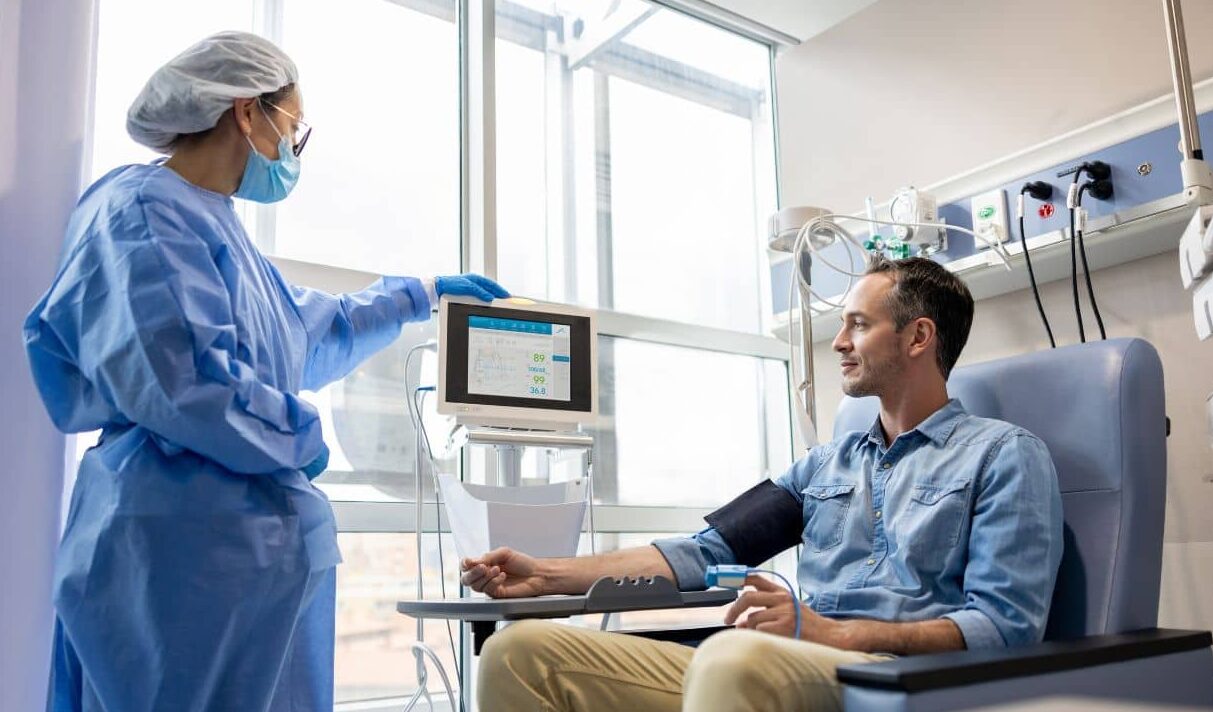 News
When glucose levels are low, chemotherapy ceases to affect cancer cells
News
When glucose levels are low, chemotherapy ceases to affect cancer cells
-
 News
Excessive treatment of prostate cancer in older men may reduce quality of life without increasing its duration
News
Excessive treatment of prostate cancer in older men may reduce quality of life without increasing its duration
-
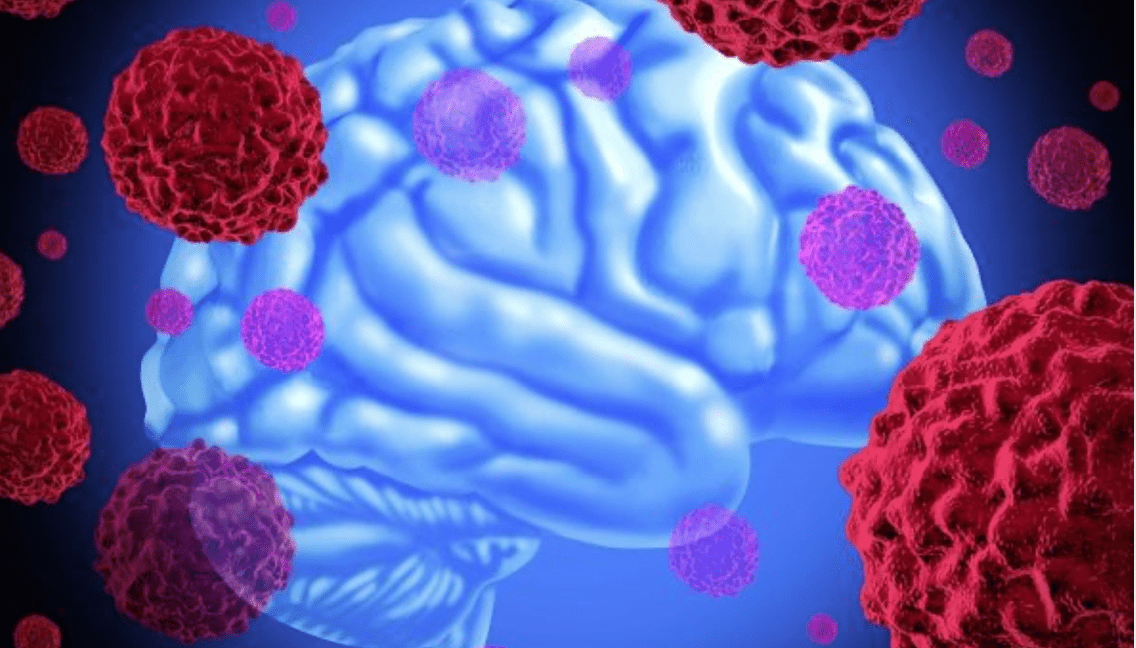 News
Brain cancer can be cured by viruses
News
Brain cancer can be cured by viruses
-
 News
Ways to reduce lymphatic pain in breast cancer have been found
News
Ways to reduce lymphatic pain in breast cancer have been found
-
 News
Scientists have turned bacteria into a powerful weapon against cancer
News
Scientists have turned bacteria into a powerful weapon against cancer
All news
Adenocarcinoma treatment
Adenocarcinoma is a malignant formation that occurs in various tissues and organs of the human body. Adenocarcinoma develops from cells of the glandular epithelium. Some of the most common forms of cancer are adenocarcinomas. Thus, the vast majority of breast, esophagus, prostate, pancreatic cancers are adenocarcinomas.
Different forms of adenocarcinoma have little in common signs and characteristics. They may differ in their structure, dominant symptoms, diagnosis and treatment.
A benign analog of adenocarcinoma is adenoma. Such tumors also come from glandular cells, but have less aggressive growth, do not spread to the surrounding tissues and have no ability to metastasize.
The average duration of adenocarcinoma diagnostics in foreign medical centers is 4 days. Patients do not have to wait several weeks in line for one or another examination. This allows identifying adenocarcinoma at an early stage and start treatment immediately.
MedTour patients recommend clinics for the treatment of adenocarcinoma:
Doctors for the treatment of adenocarcinoma
Patient reviews
Good!
I want to share my experience with Liv Hospital, where I had a prostate removal surgery due to cancer. From the very beginning, everything was well-organized – the staff helped me with all arrangements, and the doctor explained everything in detail. The hospital itself is very modern and clean, which made me feel more comfortable.
The surgery went well, and I was surprised how fast I started recovering. Now, a few months later, I feel much better and my tests show good results. I’m really grateful to the doctors and nurses at Liv Hospital for their professionalism and care. If anyone is looking for high-quality prostate cancer treatment, I can definitely recommend this place.
Frequently Asked Questions
Adenocarcinoma occurs in all organs and systems of the body, where there is a glandular epithelium. Iron cancer is localized in such parts of the human body as:
- The stomach,
- Pancreas,
- Kidneys,
- Lungs,
- Pischevoda,
- All sections of the small and large intestine, including the rectum,
- Mammary gland,
- Hypofysis,
- Salivary glands,
- Ovaries of uterine endometrium,
- The prostate gland,
- The thyroid gland,
- Liver.
There is no main and common cause of adenocarcinoma. In the case of adenocarcinoma of the prostate, endometrium and ovary, hormonal shifts due to age-related changes in the body can be the trigger for development.
Burns and frequent mechanical damage are the main cause of glandular cancer in the esophagus. Stomach adenocarcinoma is often preceded by a prolonged ulcer process.
No specific symptoms for adenocarcinoma. Patients may notice weakness, weight loss, no appetite, nausea, vomiting, digestive problems. Depending on the location of the tumor, patients have pain of varying intensity in the projection of the abdomen, esophagus, liver, kidneys and other organs.
Depending on the expected tumor location, a diagnostic plan is prepared individually by your doctor or a team of oncology specialists.
In the initial stage, you will receive a consultation with your oncologist. The doctor will collect a detailed anamnesis, listen to complaints, conduct an examination, and review your medical history. After the consultation, a specialist will draw up a diagnostic plan. Most often, the diagnosis of adenocarcinoma includes such studies:
MRI or CT scan. This method is necessary for a detailed visualization of the tumor, assessing its size and spread within the surrounding tissue.
PET-CT. In this study, the patient is injected with intravenous radioactive contrast. Most often it is glucose. Tumor cells have a great ability to divide. This means that they consume more energy and capture more glucose from the bloodstream. This feature allows specialists to assess on the images the areas of contrast accumulation and establish the degree of spread of the tumor outside the primary focus, to identify remote metastases.
Laboratory blood tests. Laboratory diagnostics provides information on the current state of individual organs and systems. With the help of general and biochemical laboratory tests, specialists can diagnose anemia, dysfunction in the kidneys, liver, gastrointestinal tract, lungs. In some cases, adenocarcinoma-specific laboratory tests are performed. For example, in prostate cancer, a test to determine the level of PSA (prostat specific antigen) in the blood is carried out.
Biopsy. Any cancer diagnosis is made on the basis of a biopsy. A small area of the tumor is taken with a thin needle and other minimally invasive method under the control of ultrasound or other imaging methods. The biopsy can also be taken during the operation. After extraction, the tissue is treated in a special way and evaluated by a pathologist in a specialized laboratory.
Adenocarcinoma treatment is a complex, multi-step process, which requires a well-coordinated team of specialists: medical oncologist, radiologist, surgeon, specialists of related specialties. It means that the patient must be diagnosed and treated at a multidisciplinary medical facility equipped with everything necessary for the treatment of oncological pathology.
MedTour website presents foreign medical centers, where the patient can undergo all necessary examinations, as well as get the full range of medical care within one hospital.
Adenocarcinoma diagnosis and treatment is possible in clinics of Turkey, Germany, Spain, Austria, Czech Republic, Israel, South Korea, India.
More detailed information can be provided by our coordinating physician. To do this, you need to leave an application on our website.
In order to be able to diagnose and treat adenocarcinoma in one of the clinics, you must leave an application on our website. You will be contacted by our coordinator doctor, who will answer all your questions, collect a detailed anamnesis and request medical documentation that reflects the current state of the patient.
Your medical documents will be reviewed by a specialized specialist in the international department of the clinic. The doctor will assess the current situation and recommend a diagnostic plan. You will be able to get preliminary cost of diagnostics and treatment before coming to the clinic.
MedTour staff will be able to make an appointment for your diagnosis and treatment at the necessary time, book a transfer, as well as help with air ticket reservations and accommodation of accompanying persons near the clinic.
MedTour services are absolutely free for patients. You pay directly at the clinic, on the fact of diagnosis and treatment.
How is adenocarcinoma treated abroad?
Surgical treatment
If adenocarcinoma is detected at an early stage of the process, the doctor considers surgical removal of the tumor. Depending on which area adenocarcinoma is detected, in addition to the tumor, the doctor can remove lymphatic vessels and nodes, as well as some areas of healthy tissue. This radical approach increases the patient’s chances of full recovery and reduces the risk of development that is remote during the relapse.
In foreign clinics, doctors use minimally invasive surgical techniques such as laparoscopy and robotic operations on the Da Vinci robot.
Chemotherapy
Chemotherapy can act as monotherapy or in combination with other treatments such as radiation therapy and immunotherapy. Chemotherapy is prescribed both before and after surgery.
Chemotherapy may be injected intravenously or directly into the cavity where the tumor is located. Also, chemopreparations can be injected into the lumen of the vessel through which the tumor is fed from the vascular channel. This method is called chemoembolism.
Radiation Therapy
Tumor irradiation is one of the main methods of adenocarcinoma treatment. Radiation therapy can be prescribed during treatment along with other methods — surgical removal of the tumor or chemotherapy.
Radiation therapy helps to reduce the size of the tumor, and also helps to destroy the tumor areas that are not amenable to surgical intervention or remain out of sight due to the small size of the doctor. That is why radiation therapy can be useful before and after surgery.
Target therapy and immunotherapy
Every day, scientists conduct dozens of clinical trials on the use of new methods of treatment of cancer processes, including adenocarcinoma. In foreign clinics, patients are offered treatment with targeted drugs and immunotherapy.
Targeted therapy (therapy with targeted effect) is aimed directly at tumor cells. Such drugs have an effect on cell division and growth. Target therapy has less effect on healthy organs and tissues and is less toxic than classical chemotherapy.
Immunological treatment (immunotherapy) stimulates the patient’s own immunity and increases the ability of the patient’s cells to recognize and destroy the tumor.
Published:
Updated:

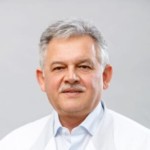
Information on this webpage verified by the medical expert






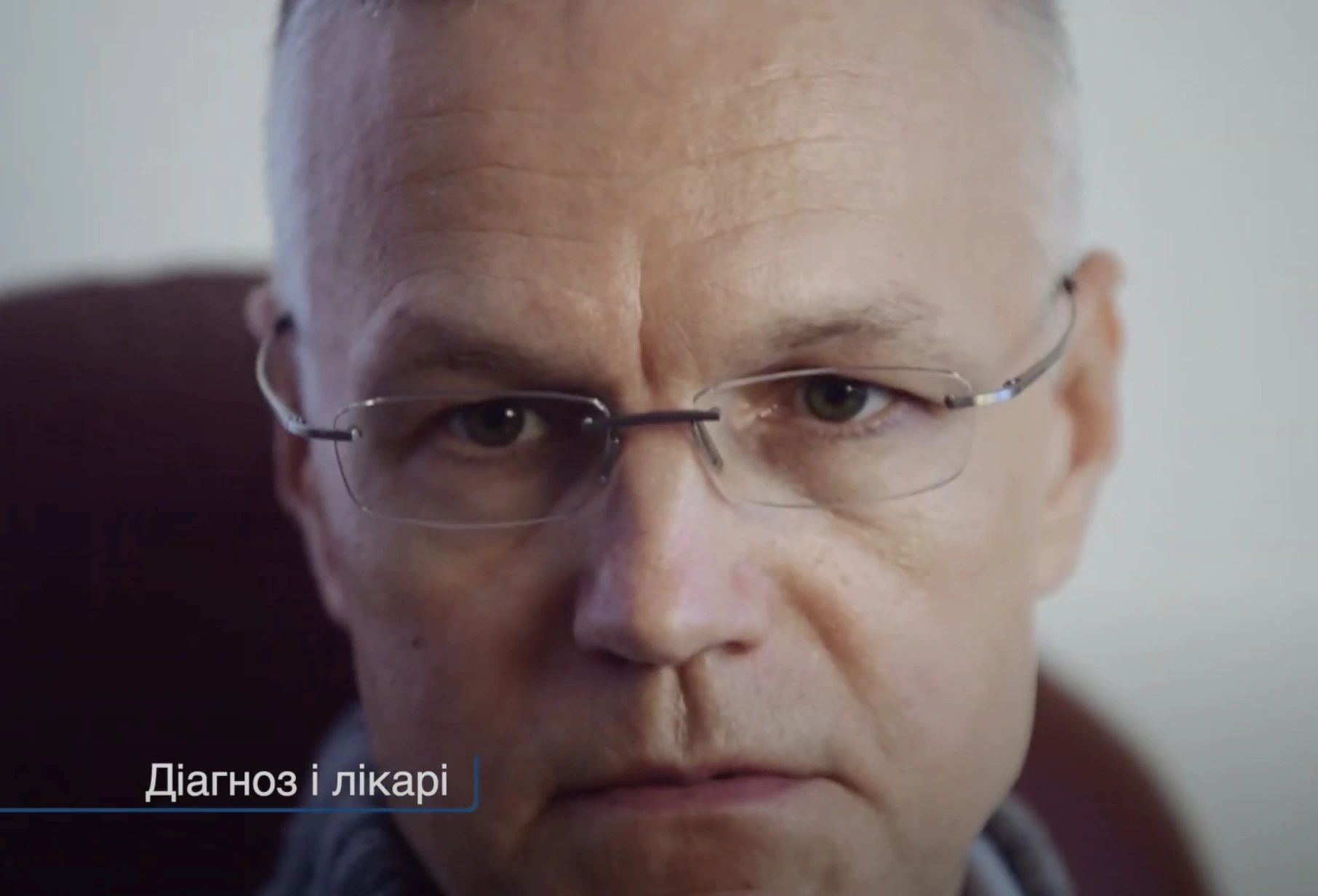
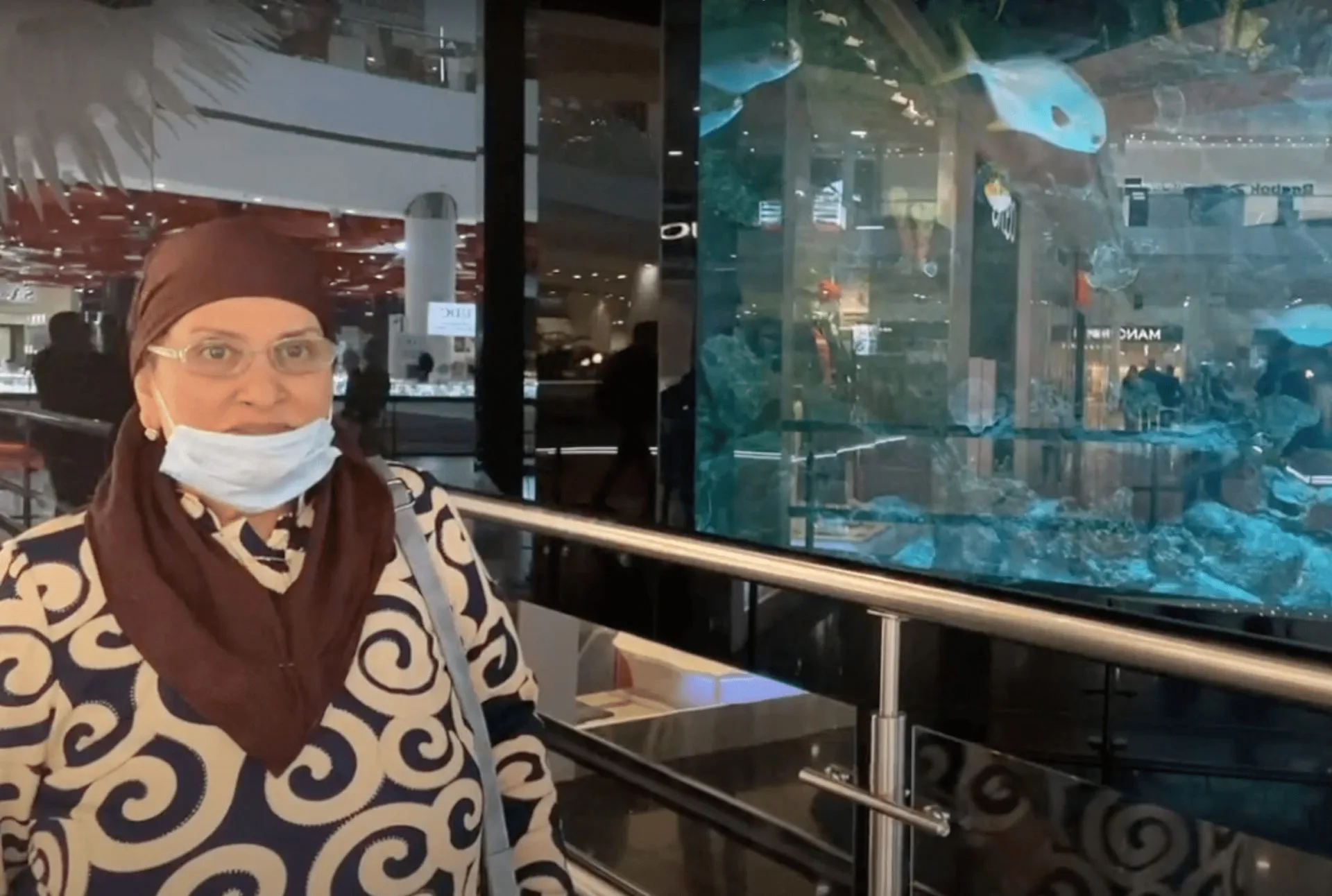

Does Ralf buhl also remove brain lipomas?